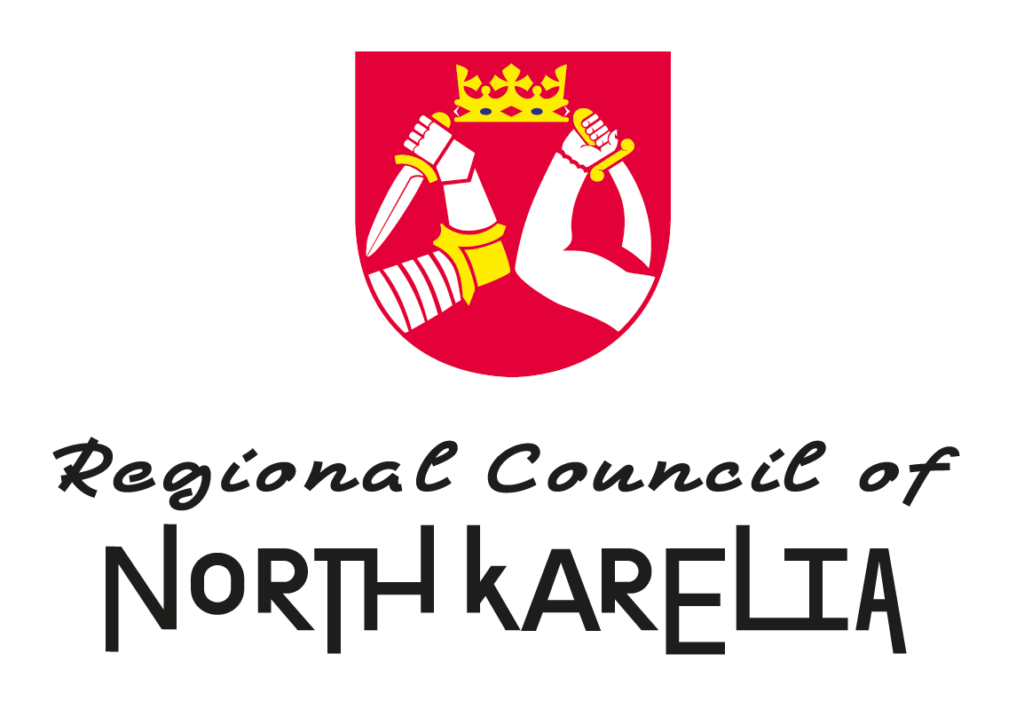Designing and Testing the Beneficiation Process Is the Most Crucial Step for the Comprehensive Utilisation of Ores and the Safe Management of Tailings
Mineral raw materials are vital in modern society: almost everything that does not grow must be mined – even fertilizers require minerals. Mines supplying minerals to society generate significant sidestreams unless more of the mined material is utilised. It is essential to design and test processes to minimize waste and harmful substances while recovering as many valuable materials as possible. The Geological Survey of Finland’s circular economy and mineral processing pilot plant and research environment, GTK Mintec, helps with this. In GTK Mintec it is possible to study and test the processing of mining waste and other raw materials. For predicting the long-term behavior of waste, information can be obtained using the GTK SMARTTEST test field.
Mineral raw materials are essential to modern societies and human well-being. Most of the things we see around us are based on raw materials produced by mining. Demand for minerals is rising rapidly due to the ongoing energy transition. However mining projects often produce large volumes of mineral wastes including residues from mineral processing. If not managed properly, these mineral wastes may cause risks in long-term storage. Disposal and management of wastes can thus be a considerable expense for mining projects.
To reduce the risks, costs, and spatial footprint of mining waste management, and to maximize the value of the mined and processed ore, mining projects are increasingly seeking to minimize waste in their processes.
“This is achieved by designing feasible uses for as many minerals in the ore as possible, both technologically and economically. The remaining mineral waste streams are further modified in the process, typically by removing harmful components, to allow safe and cost-efficient waste management,” says Tommi Kauppila, Research Professor, Geological Survey of Finland GTK.
Comprehensive utilisation is planned into the beneficiation process
GTK Mintec plays a crucial role in the decision-making of mining projects, as it designs sustainable processes for all types of ores. Research and testing can be utilized in the planning of new mining projects, the further development of existing mines, or the reprocessing of closed mine sites.
Detailed mineralogical research forms the basis for the comprehensive utilisation of extracted material. The process begins with understanding the composition and mineralogical properties of the material.
“When a customer brings us a tailings sample for examination, we perform mineralogical analyses using scanning electron microscopy-based automated mineralogy systems. At GTK, we have developed advanced tools to maximize the potential of data produced by automated mineralogy, enhancing the assessment of tailings utilisation,” says Miradije Rama, Research Scientist, GTK.
This approach provides a comprehensive understanding of the usability of the tailings being studied, beyond just the mineralogy of the sample material, right from the start of the research. Combining automated mineralogy data with database information also offers preliminary insights into the material’s beneficiation potential, harmful components, and suitability for various applications. This data can be further utilized in processing studies and other applications.
Pilot-scale test runs at GTK Mintec’s pilot plant complement the knowledge of the most sustainable way to separate valuable materials, thus supporting investment decision-making.
In the past, valuable components of the mined ore may have ended up in mining wastes. Reprocessing of old mining wastes may provide opportunities for producing minerals and metals needed today. We can study the mineral composition of old mining wastes and develop processes to recover raw materials from these wastes. At the same time, the risks related to these waste facilities can be managed.
Long-term field tests help develop the management of tailings
It isn’t always possible to design out all the waste from a mining project, despite our best efforts. New methods for waste management are therefore needed. Removing water from the processing waste before disposal is a method that is gaining traction also outside the arid mining countries. This allows rapid circulation of process waters and design of waste facilities with a smaller footprint compared to wet disposal.
Data from the process testing phase can be used to design safe long-term mine waste management. In addition to various laboratory analyses of the waste, pilot scale mineral processing tests produce enough material to carry out large scale field tests of waste management solutions in GTK SMARTTEST test field.
These tests can run for several years before the mining project starts, providing invaluable data for waste management design. The large scale of the tests facilitates mimicking processes in mining waste and their containment structures.
More information
Tommi Kauppila, Research Professor
tommi.kauppila@gtk.fi
Tuuli Kalliosalo, International Business Development Manager
tuuli.kalliosalo@gtk.fi
Projects related to the theme
Mine Tailing Productization and Utilization Enhancement With Automated Mineralogy – MinerAll
Clean Energy System Transition (REPower-CEST)
SMARTTEST – Smart Circular Economy Field Testing Facility for Extractive Waste and Side Streams
The project’s funders


